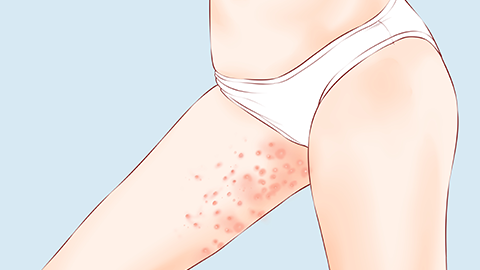Is cold urticaria a type of cold constitution?
Generally speaking, cold urticaria is not the same as having a cold body constitution. A detailed analysis is as follows:

Cold urticaria is essentially different from having a cold body constitution. Cold urticaria is a disease characterized by localized hives and itching after the skin is exposed to cold air, cold water, or cold objects. Its onset is related to an abnormal immune response to cold stimulation and may be accompanied by redness, swelling, and pain in the affected skin area. The appearance and disappearance of symptoms are directly associated with exposure to cold. In contrast, a cold body constitution refers to an overall cooler physical condition, often manifested as cold hands and feet and sensitivity to cold. It typically does not involve obvious skin allergy symptoms and is more closely related to individual constitution and blood circulation factors. It does not cause local skin reactions upon cold exposure.
In daily life, it is important to note that individuals with cold urticaria should avoid direct contact with cold objects, take precautions to stay warm when going outdoors, and especially protect exposed areas such as the face and hands. When symptoms occur, scratching the skin should be avoided to prevent worsening of discomfort. If symptoms recur frequently or are accompanied by severe conditions such as difficulty breathing or dizziness, prompt medical attention is necessary. For individuals with a cold body constitution who also experience skin discomfort in response to cold exposure, it is important to first confirm whether it is cold urticaria to avoid misjudgment and delays in proper care or treatment.





